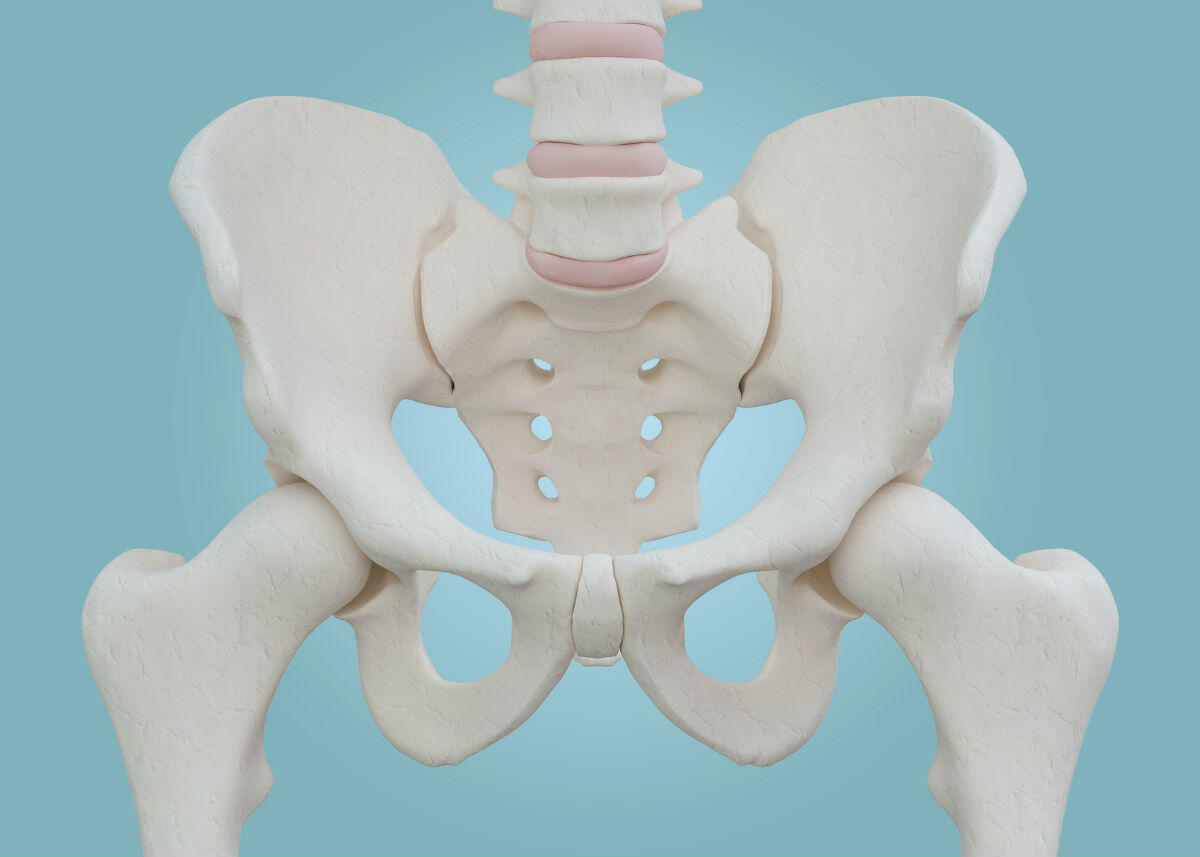Car accidents cause lower extremity injuries, with 50% affecting the knee, thigh, and hip. Hip fractures are a common outcome that requires surgery.
Car accidents can cause many different types of injuries, including fatal injuries. Thanks to the advancement in automobile safety technology, the risk of injuries has been significantly reduced. Today, occupants often escape from crashes with few or minor injuries. Although these technological advancements have reduced fatality rates, injuries still occur.
According to the statistics available, incidences of lower extremity injuries are increasing among front-seat occupants involved in head-on crashes. Also, around 50% of lower extremity injuries involve trauma to the knee, thigh, and hip region. These injuries are generally not life-threatening but are often debilitating and require extensive treatment. Some of the most common hip injuries that a victim can sustain in a car accident include:

Broken Hip
People aged 65 and above are more susceptible to suffering hip fractures. However, even young people may suffer a broken hip in the event of a car crash. Older women with osteoporosis are at the highest risk of hip fracture.
Hip fractures are a common outcome of a head-on car accident because the forces involved in this type of accident can push up the leg to the hip and cause the hip to break near the pelvis. Several types of hip fractures can result from a car accident.
Types of Hip Fractures and Their Treatment
Extracapsular fractures are a type of fracture that occurs in a way that the blood supply to the hip remains unaffected. This type of fracture is treated by surgery, which involves making an incision and replacing the femur head or using screws and plates to hold the ends of the joint together until it heals.
Another fracture that can result from such an accident is an intracapsular fracture. It involves the femoral neck and may cause damage to the blood supply to the area. This injury can result in loss of circulation to the femoral neck or avascular necrosis. These hip fractures often require a complete replacement of the femoral head.
The forces of a car accident can cause the femoral head to get pushed up through the acetabulum, causing it to break. The acetabulum is a part of the pelvic bone and the socket part of the hip joint. If the acetabulum does not heal with conservative treatment, it may have to be replaced with an artificial socket. An artificial femoral neck may also have to be placed to ensure they fit well together.
When someone suffers a hip fracture in a front-end car accident, they may experience immediate hip pain and be may be unable to walk on the injured leg. After surgery, the patient will have to undergo physical therapy and will likely have to use a cane or walker initially to walk.
Symptoms of a Hip Fracture
Some of the signs and symptoms of a hip fracture include:
- Inability to move the injured limb
- Stiffness
- Increased swelling or bruising in the hip or groin area
- Severe pain in hip or groin area
- Shorter leg on the side of the injury
- Externally rotated hip on the affected side
A study conducted to gauge the frequency and incidence of hip fractures in head-on accidents found that these fractures occur regularly because of the forces involved. The study also looked at the probability of long-term disability following these accidents. It was found that of all parts of the leg involved in the accident, the hip joint is the weakest point and, therefore, most prone to fractures.
While anyone can suffer a hip fracture in a car accident, older people are the most susceptible. Those who have osteoporosis are especially at risk.
Bursitis
The condition is characterized by joint pain caused by inflammation and swelling of the bursa. Bursar are fluid-filled sacs that provide a protective cushion to the joints. The impact of the crash can cause the tendons to move over the bones, resulting in severe pain.
Joint Dislocation
The force of the impact of a car accident can make the ball-like joint at the top of the femur slip out of its socket and cause severe pain and immobility. This injury is often accompanied by damaged ligaments as well.
Labral Tear
The injury involves extensive damage to the cartilage that surrounds the bony edge of the pelvis socket. Car accidents are known to be the most common cause of these injuries.
Snapping Hip Syndrome
This condition is commonly seen in gymnasts, ballet dancers, and athletes. However, it may also develop due to a severe car accident. The patient often experiences severe pain and a snapping sensation. An audible snapping sound often accompanies it.
Stress Fractures
Serious car accidents often involve blunt force that can be enough to cause fractures to the hip bone. Stress fractures can be extremely painful, leading to substantial medical expenses and extended recovery time.
Muscle Strain
Hip trauma can cause tears or stretches to the hip’s muscle fibers, resulting in muscle strain. The most common muscle strain symptoms are pain, weakness, and swelling.
Seek Help From a St. Louis Car Accident Lawyer
Hip injuries sustained during a car accident can seriously impact a person’s quality of life, both physically and financially. To ensure fair compensation for your injuries, it is crucial to understand the legal considerations involved in pursuing a claim.
First and foremost, seeking medical treatment for any hip pain or injuries following a car accident is crucial for establishing a strong legal case. Even if you do not experience immediate pain or symptoms, it is essential to seek medical attention, as some injuries may take time to manifest. Documenting any medical treatment, including doctor’s visits, diagnostic tests, and rehabilitation or therapy sessions is also important. These records can be used as evidence to support your case.
Insurance claims are typically the first step when pursuing compensation for hip injuries sustained in a car accident and involve filing a claim with the at-fault driver’s insurance company. This can be a complex process, and you will greatly benefit from the help of an experienced St. Louis car accident lawyer. If the insurance company offers a settlement, it is important to carefully review the terms and consult with a lawyer before accepting.
If a fair settlement cannot be reached through insurance claims, taking your case to court may be necessary. Working with a car accident lawyer experienced in personal injury lawsuits can help you navigate the legal process and maximize your chances of receiving fair compensation.
To ensure fair compensation for your hip injuries, working closely with an experienced car accident lawyer throughout the legal process is important. They can help you gather and organize the necessary evidence, negotiate with insurance companies or opposing counsel, and represent you in court if necessary. By working with an experienced lawyer, you can be sure your rights are protected and receive the compensation you deserve.
Free Consultation with a St. Louis Car Accident Lawyer
Don’t talk to an insurance claims adjuster before speaking with The Hoffmann Law Firm, L.L.C. We can help you avoid making statements that may affect the outcome of your case. The consultation is free; you don’t pay unless we get you money!
